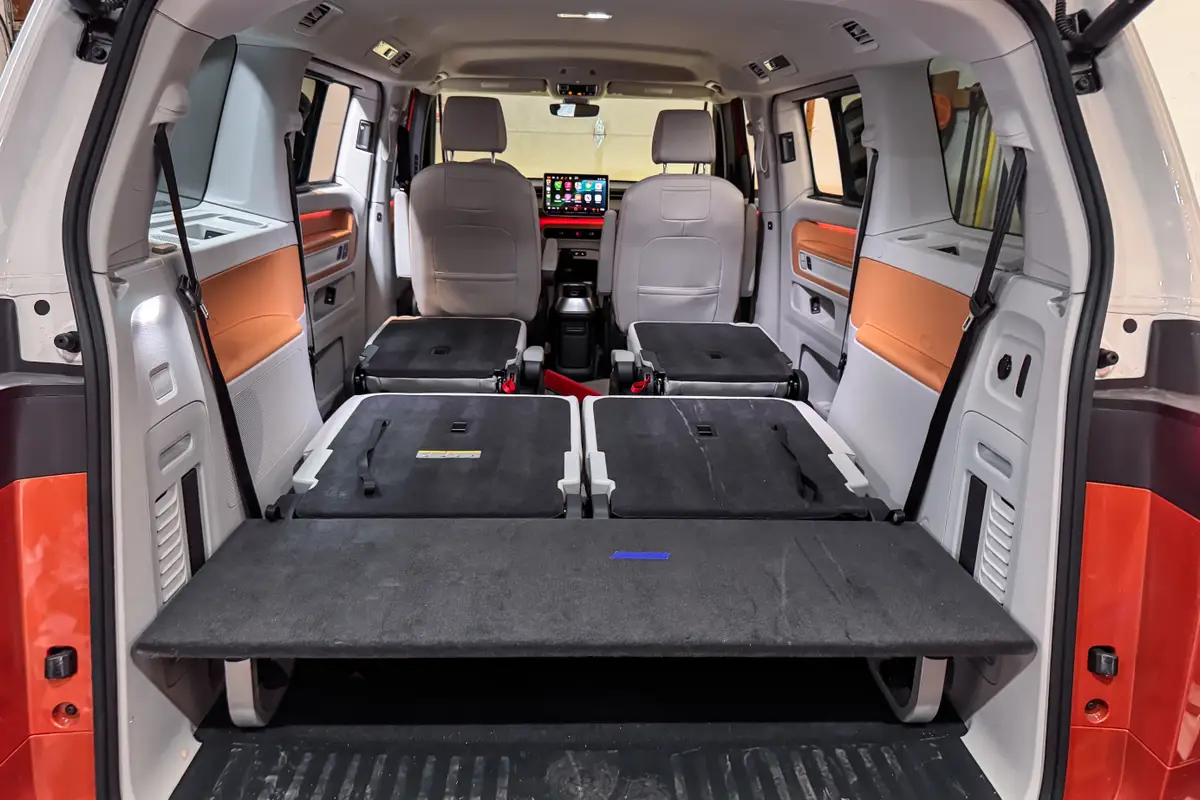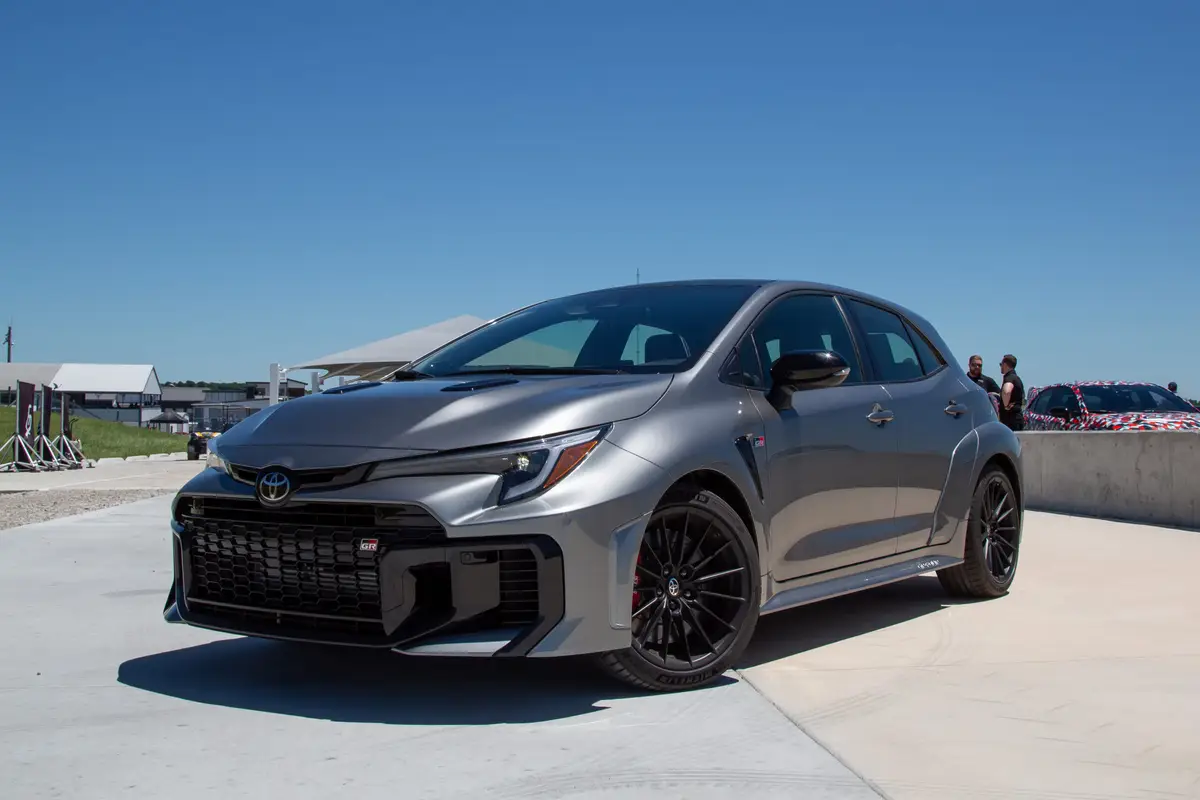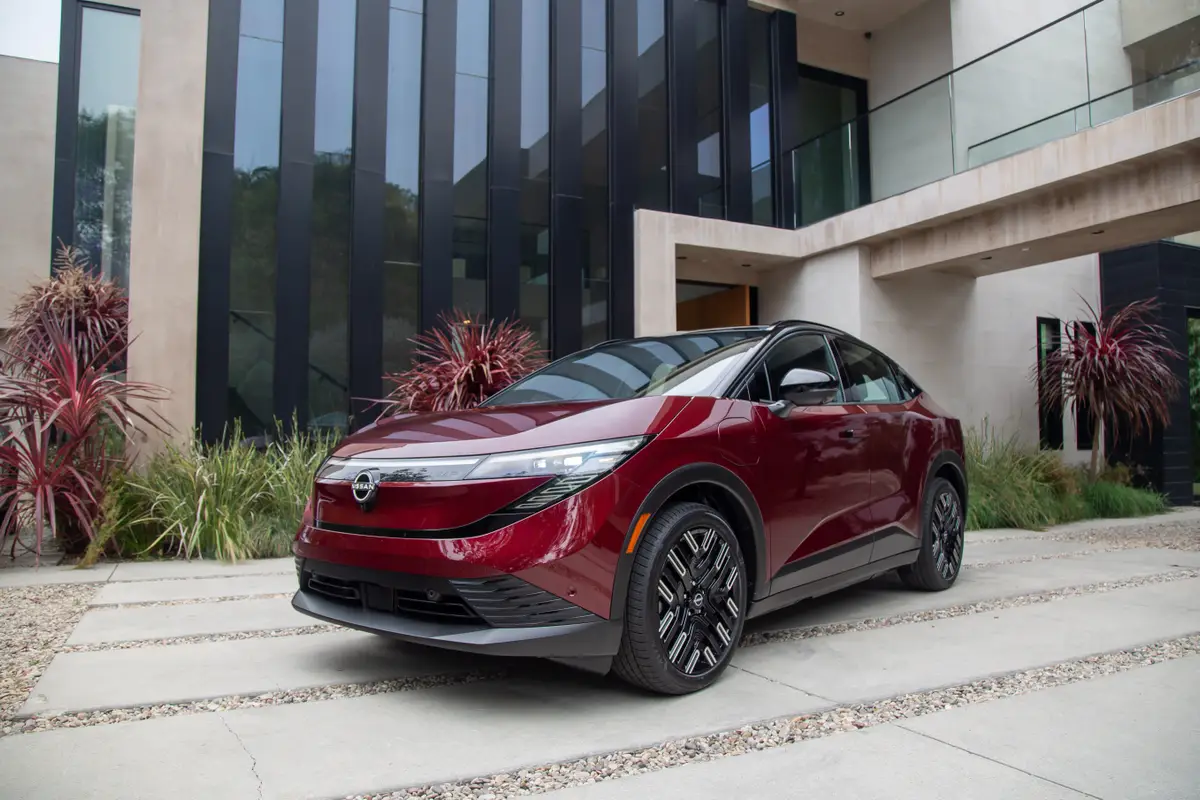How Do Car Seats Fit in a 2021 Tesla Model Y?

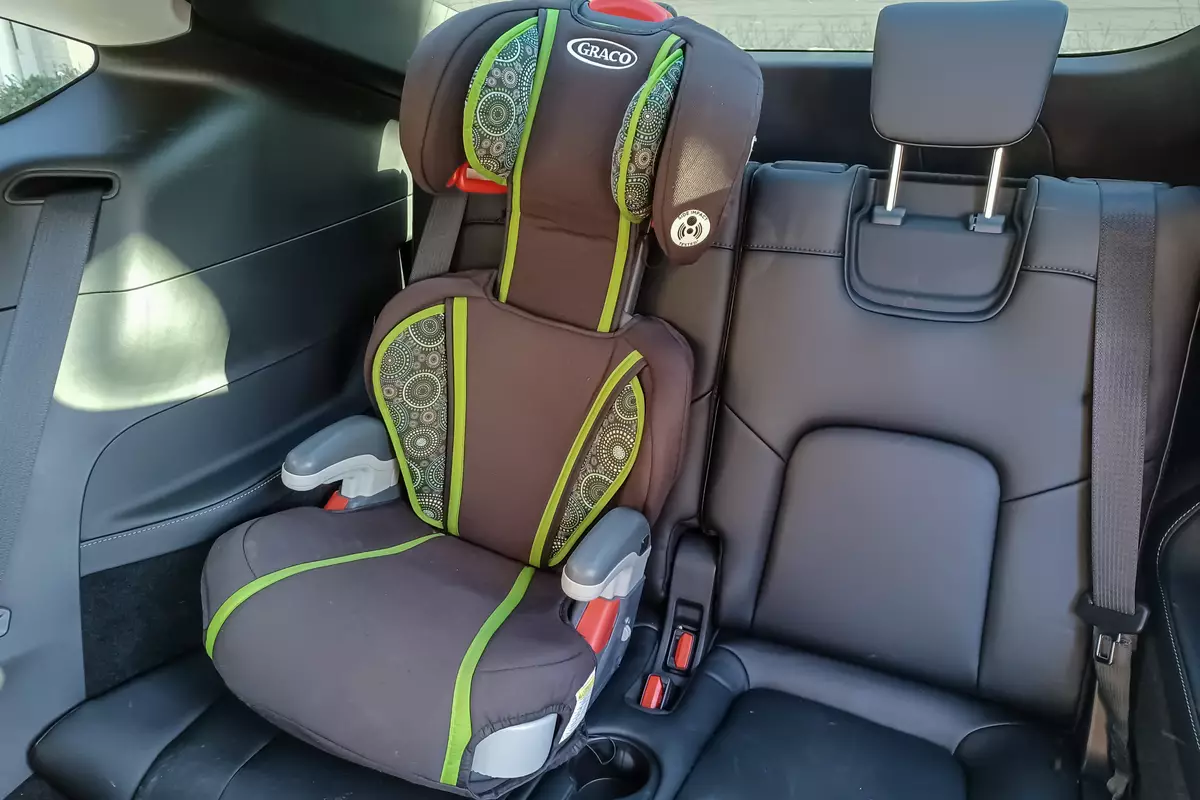
Editor’s note: This post was updated Feb. 2, 2022, to include grades for the Tesla Model Y’s optional third row. We had previously tested only a two-row Model Y.
The verdict: Families looking for a somewhat affordable Tesla should consider the Model Y. The compact SUV can be had with either five or seven seats, courtesy of an optional third row. Our latest test vehicle had three rows of seats; the second row handled child-safety seats reasonably well, but we had major issues with the third row.
Does it fit three car seats? No.
Take a look at how the Latch system and each car seat scored below in our Car Seat Check of the 2021 Tesla Model Y.
Related: Search Car Seat Checks
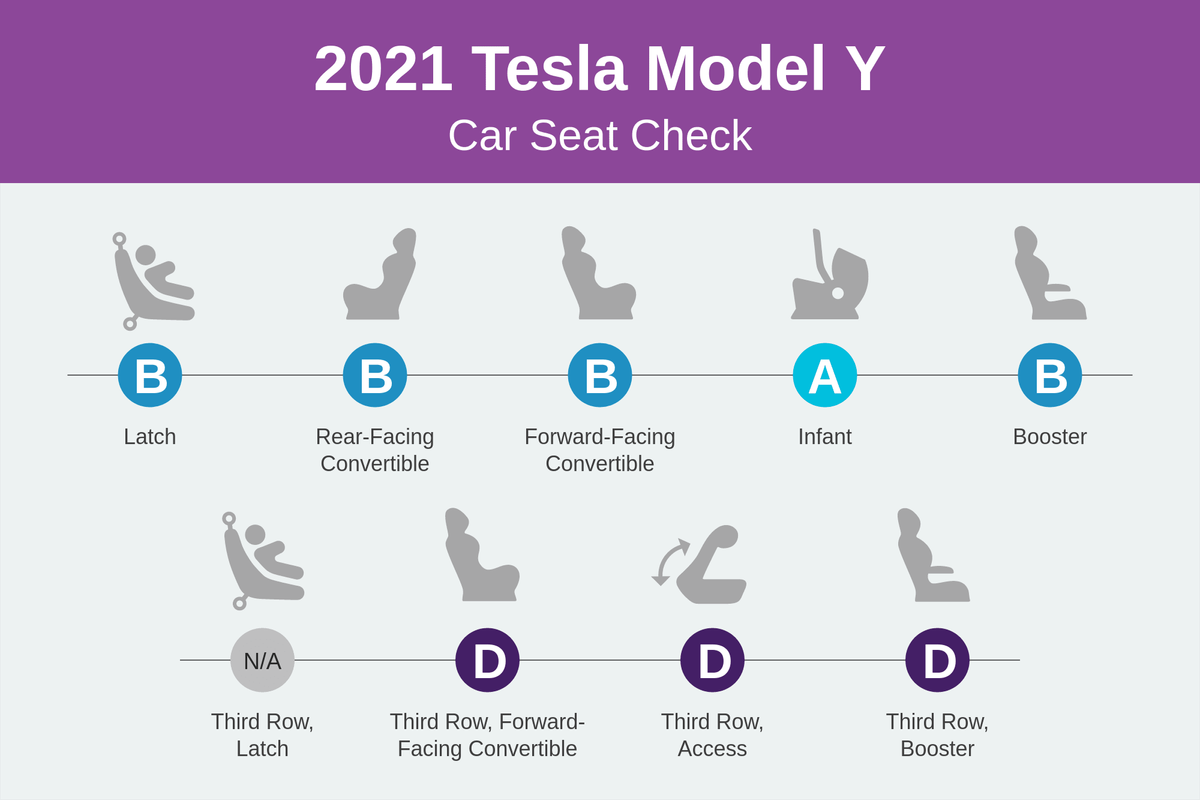
A Grade
- Infant seat: In many of our car-seat installations, the rear-facing infant seat can be difficult to fit behind the front passenger seat. That wasn’t the case in the Model Y, whose second row easily handled our sizable infant seat. Our rear-facing car seat’s rigid Latch connectors made easy work of the Model Y’s second-row Latch anchors.
B Grade
- Latch system: The Model Y has two sets of lower Latch anchors in the outboard second-row seats. It has three top tether anchors toward the base of the second-row seatbacks. The tether anchors are easy to find, but they could use a little more clearance below the anchor bar; we had to angle the tether connector around to make a connection.
- Rear-facing convertible: Our rear-facing convertible seat just barely fit behind the front passenger seat in the second row. We struggled, however, when trying to connect the convertible’s hooklike Latch connector to the Model Y’s inner Latch anchor. We had to fight past the seat cushions to gain access to the anchor.
- Forward-facing convertible: In the forward-facing position, we struggled to install the convertible car seat in the Model Y’s second row because of the inner Latch anchor access and lack of clearance around the top tether anchor.
- Booster seat: Our high-back booster seat fit well in the Model Y’s second row, but the seat belt buckle sits low in the seat cushion. Couple this with a lack of seat bolstering in the second row, and our booster seat could slide over the seat belt buckle. That could make it tough for younger kids to buckle up on their own.
C Grade
- None

D Grade
- Third-row access: Getting to the third row was a struggle. It was difficult to climb over the second row to get back there, especially while carrying car seats. There’s no pass-through, so you have to fold one second-row seat to gain third-row access; the resulting opening is small for an adult, and there’s not enough room to make it anything less than awkward and challenging — even for children.
- Third-row booster: The two-position third row is narrow, so there’s only room for one car seat. The seat-bottom cushion is very bolstered, so it pushes the booster off to the side and into the buckle, blocking buckle access. One set of buckles is flush with the seat cushion, but the other set sticks up a bit for easier grasping. The head restraints come up, but they’re not removable and push the booster seat forward off the seatback; it should sit flush against it for maximum safety. Additionally, legroom is a major issue: Even with the second row moved almost all the way forward, children in the booster may struggle to wedge their feet and legs into the floor space. Also, the top of our high-back booster was uncomfortably close to touching the liftgate glass.
- Third-row forward-facing convertible: We couldn’t install both the booster and forward-facing convertible into the Model Y’s third row at the same time, as the seat isn’t wide enough to safely accommodate both. With the forward-facing convertible installed next to the booster, the buckle for the booster can’t be reached because the booster has been pushed on top of it. Also, the head restraint pushes the convertible off the seatback when it should sit flush against it. Because the third row lacks lower anchors, we used the seat belt to install the convertible — a challenging operation because the seat-bottom bolstering pushed the convertible atop the buckle, making connection difficult. Top tether anchors are clearly marked, but again, legroom is a big problem with this seat; as with the booster, there’s not enough of it for children to extend their legs comfortably.
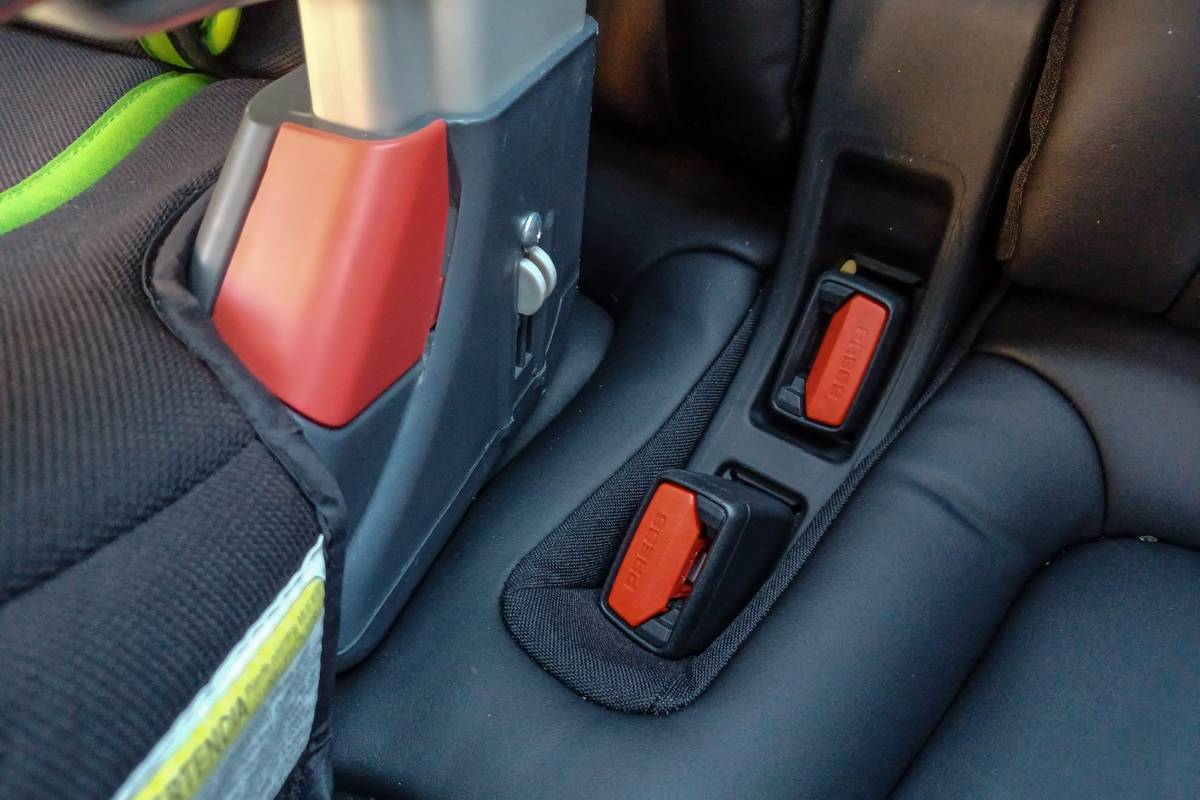
Grading Scale
A: Plenty of room for the car seat and the child; doesn’t impact driver or front passenger legroom. Easy to find and connect to Latch and tether anchors. No fit issues involving head restraint or seat contouring. Easy access to the third row.
B: One room, fit or connection issue. Some problems accessing the third row when available.
C: Marginal room plus one fit or connection issue. Difficult to access the third row when available.
D: Insufficient room, plus multiple fit or connection issues.
F: Does not fit or is unsafe.
About Cars.com’s Car Seat Checks
Editors Jennifer Geiger and Jennifer Newman are certified child safety seat installation technicians.
For the Car Seat Check, we use a Chicco KeyFit 30 infant-safety seat, a Graco Contender 65 convertible seat and Graco TurboBooster seat. The front seats are adjusted for a 6-foot driver and a shorter passenger. The three child seats are installed in the second row. The booster seat sits behind the driver’s seat, and the infant and convertible seats are installed behind the front passenger seat.
We also install the forward-facing convertible in the second row’s middle seat with the booster and infant seat in the outboard seats to see if three car seats will fit; a child sitting in the booster seat must be able to reach the seat belt buckle. If there’s a third row, we install the booster seat and a forward-facing convertible. Learn more about how we conduct our Car Seat Checks.
Parents should also remember that they can use the Latch system or a seat belt to install a car seat, and that Latch anchors have a weight limit of 65 pounds, including the weight of the child and the weight of the seat itself.
Cars.com’s Editorial department is your source for automotive news and reviews. In line with Cars.com’s long-standing ethics policy, editors and reviewers don’t accept gifts or free trips from automakers. The Editorial department is independent of Cars.com’s advertising, sales and sponsored content departments.

Editor-in-Chief Jennifer Newman is a journalist with more than 25 years of experience, including 15 years as an automotive journalist at Cars.com. Jennifer leads the Editorial team in its mission of helping car shoppers find the vehicle that best fits their life. A mom of two, she’s graduated from kids in car seats to teens behind the steering wheel. She’s also a certified car-seat technician with more than 12 years of experience, as well as member of the World Car Jury, Automotive Press Association and Midwest Automotive Media Association. LinkedIn: https://www.linkedin.com/in/jennilnewman/ Instagram: @jennilnewman
Featured stories
